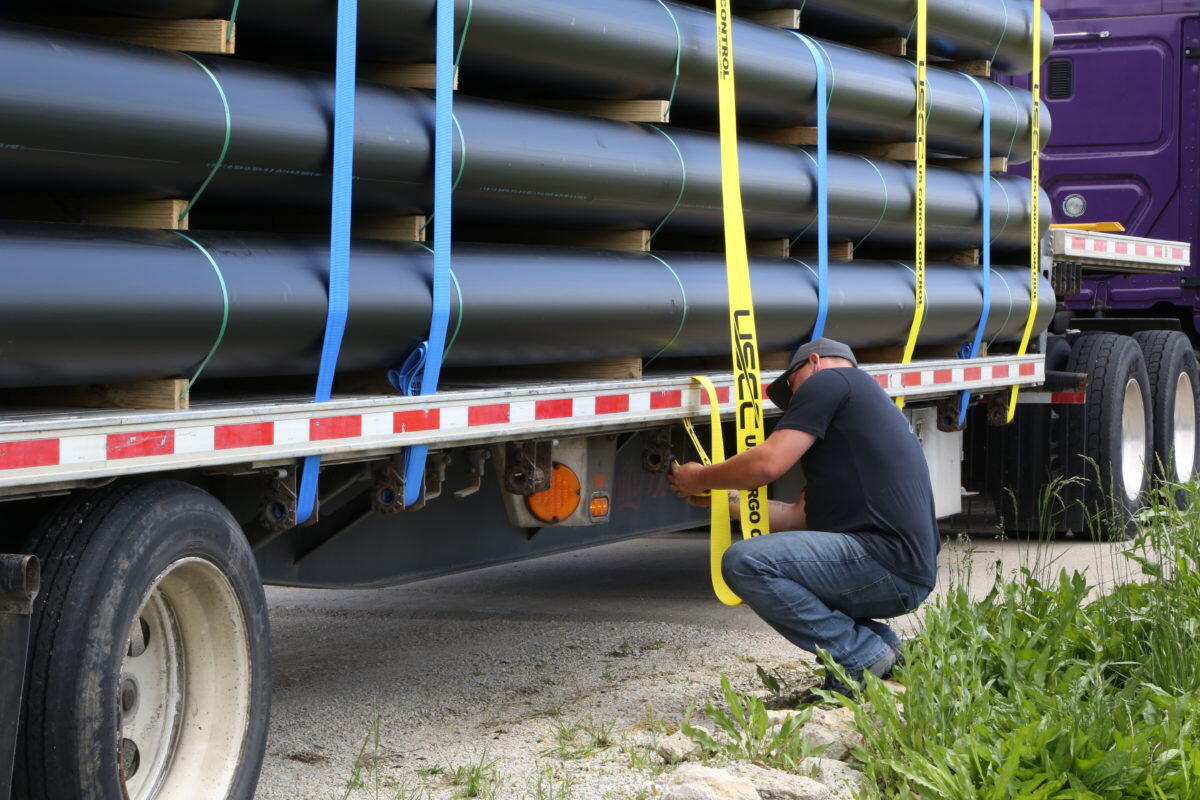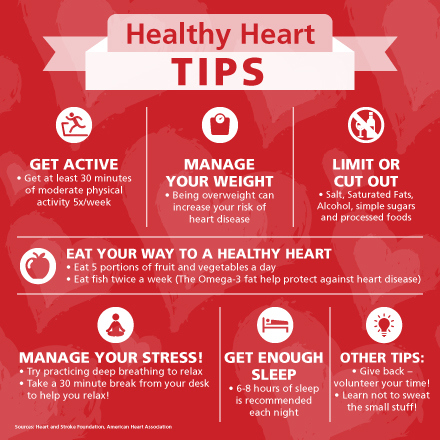Our industry continues to struggle with finding enough drivers and technicians to service and drive trucks. When was the last time you heard a young boy or girl say “when I grow up, I want to be a truck driver or truck technician? There is not a week that goes by that someone is asking me what they can do to recruit new drivers and technicians. My first response to that question is “what are you doing to keep the good drivers and technicians that you currently have?” In today’s employment environment if you are not actively working to retain your employees someone else is actively recruiting them from you! There is no clear answer to driver and technician retention but there are several proven methods that you can implement to reduce turnover. One is to develop a career path for all your employees to follow. Another common term used for a career path is driver or technician elevation program. If an employee does not have a clear vision of what they can achieve with your company, they are likely to become dormant and will eventually leave the company. Both drivers and technicians will leave a company for a pay rate that is slightly higher than what they are currently receiving. I would recommend that you tie training and pay increases together. We have implemented a career path program in the Idealease of Atlanta facility and have tied pay increases to the amount of training that a technician has completed. The technician can increase their pay by completing training and passing examinations. This has proven to be a benefit to the employer and the employee. The employer benefits by having technicians who are highly skilled and educated to repair and service units. Also, technician turnover has been reduced. The technicians can repair and service the units more efficiently with a lower occurrence of comeback repairs. Technicians can increase their pay and enhance their careers with education. Imagine the savings you could have with all employees at the highest level of education and pay!
Cargo Securement Regulations
Anything and everything carried on a truck must be properly secured to prevent loss of control or falling cargo from injuring drivers, passengers, or pedestrians. While safe cargo securement principles (and of course regulations) apply to every single item carried for delivery, they also apply to anything else on the truck, including dunnage, tools, and equipment you need to get your job done. Shovels, blocks, webbing, chains, spare tires, brooms, forklifts, pallet jacks, winches, ratchets, etc., all must be secured.
- Know the regulations—Cargo securement standards represent the minimum safety requirements for general cargo and some specific commodities. They are available at no charge from FMCSA in the U.S. and from the Canadian Council of Motor Transport Administrators in Canada.
- Invest in the illustrated cargo securement handbook, which includes both U.S. and Canadian regulations for reference. Click on CVSA’s store at www.cvsa.org and order a copy of Practical Cargo Securement: Guidelines for Drivers, Carriers & Shippers, 406 pages, USD$30
- Download the FMCSA Driver’s Handbook on Cargo Securement and provide a copy to your drivers. Integrate the handbook sections that apply to your type of operation in your Driver’s policy and procedures manual. http://www.fmcsa.dot.gov/regulations/cargo-securement/drivers-handbook-…
- Properly secure all equipment as well as your load—one of the most frequently cited violations is for improper securement of dunnage or equipment, such as tarps, blocks, chains or other tie-downs, spare tires, brooms, forklifts, pallet jacks, winches, ratchets, etc.
- Inspect tie-downs for wear and damage. CVSA’s North American Standard Out-of-Service Criteria includes the tie-down defect tables for the chain, wire rope, cordage, synthetic webbing, steel strapping, fittings or attachments, and anchor points. If worn out, tie-downs should be discarded.
- Brace and block cargo properly within sided or van trailers. Loads that shift can cause not only crashes but damage to your equipment. And they indicate violations that will affect your company’s safety rating.
- Use best practices or due diligence. There may be best practices, established by consensus by those who haul what you’re hauling, that are worth following. If your shipment is more unique, do your research, as the rules are established for a reason. Ensure your load is contained, immobilized, or secured so that it cannot: (a) leak, spill, blow off, fall from, fall through or otherwise be dislodged from the vehicle, or (b) shift upon or within the vehicle to such an extent that the vehicle’s stability or maneuverability is affected. If needed, hire a professional specializing in vehicle loading.
Heart Month Tip
While doing my pre-trip inspection I noticed a cut in the side wall of one of my tires, is this an out of service violation?
It is an out of service violation if the sidewall is cut, worn, or damaged to the extent that the ply cord is exposed. (393.75(a))










